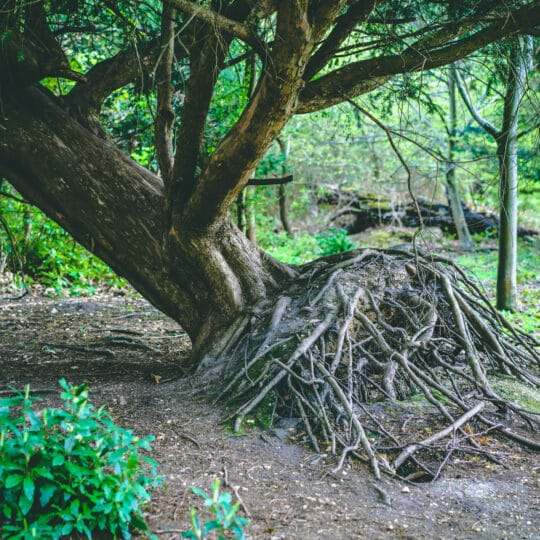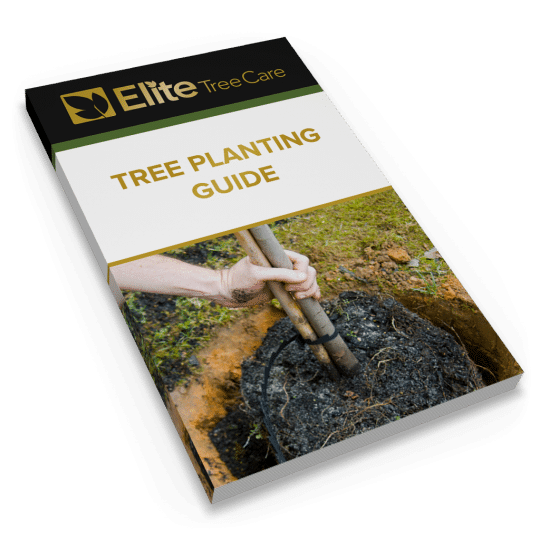6 Signs Your Tree Needs Support
What to do if it Does
Posted
October 9, 2025

A tree with structural issues is not only bad news for the plant, but it could also become a hazard for the surrounding area. There are several signs that your tree needs support and ways to help prevent it from becoming a dangerous problem.
Signs Your Tree Needs Support
From a slight lean to exposed roots, there are some tell tale signs of structural tree issues. Here’s what to watch out for:
- Trunk suddenly leaning. While a slight lean is typically normal, a new or severe lean could indicate a compromised root system or internal damage.
- Lifted roots. Roots can become exposed because of compacted soil, erosion, or severe weather. Not only can this cause a tripping hazard and damage walkways, but it also suggests the tree’s base is no longer stable.
- Trunk cavities. Significant holes, cracks, and vertical splits in the trunk can indicate internal decay or insect damage, weakening the tree.
- Small, discolored leaves. Leaves that change and fall before autumn can indicate stress from disease, pests, or environmental factors.
- Dead branches. Trees with a significant number of dry, leafless, or broken branches signals a struggling tree and safety hazard. If a tree loses more than half of its canopy, its most likely dead.
- Fungus. Mushrooms or other fungi at the base of the tree are a clear sign of internal decay.
If you notice any of these signs, consult a professional arborist to assess the tree’s health and stability. They can help determine the cause of the problem and if it can be resolved with pruning, support — such as cabling or bracing, or if the tree poses a significant safety risk and should be removed. Call Elite Tree Care for a consultation if your tree needs attention.

Download Your FREE Tree Planting Guide
Planting a tree is a cinch, as long as you are properly prepared. Get prepped to plant one tree or 100 with our straightforward guide.